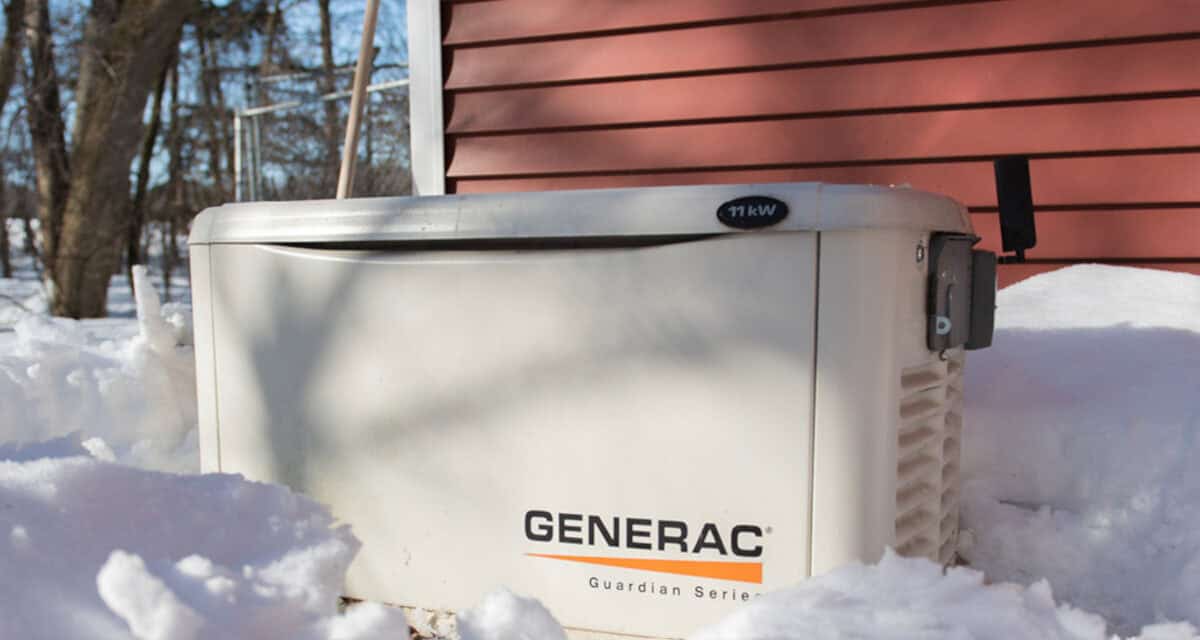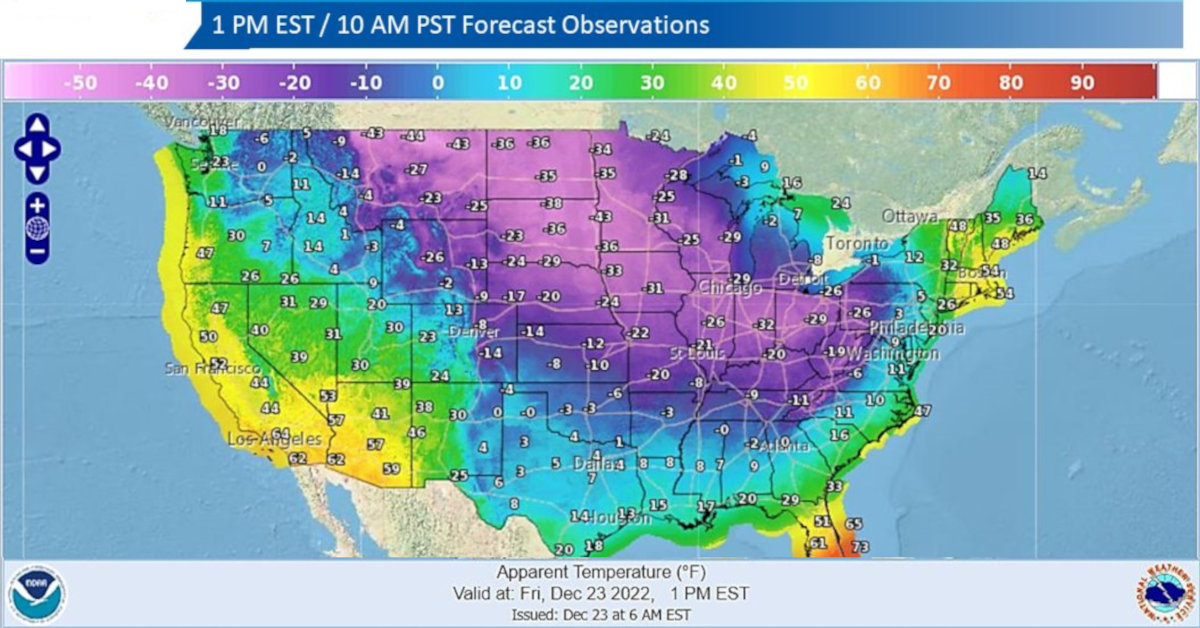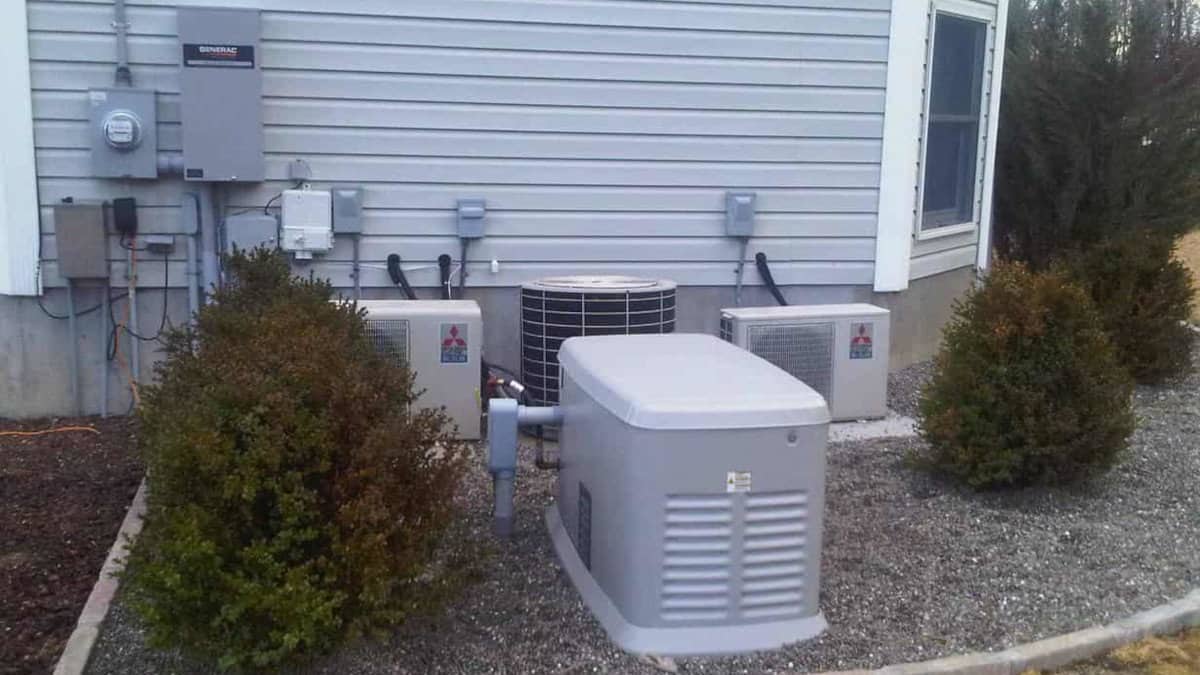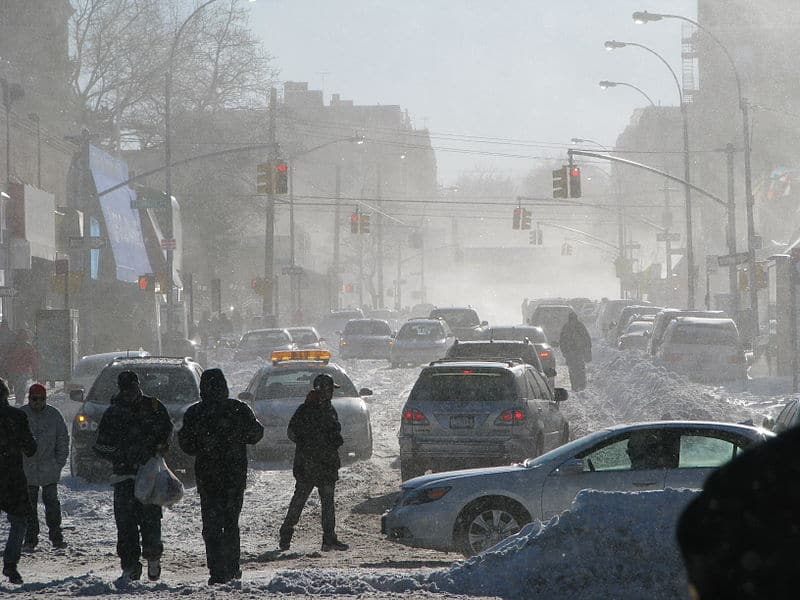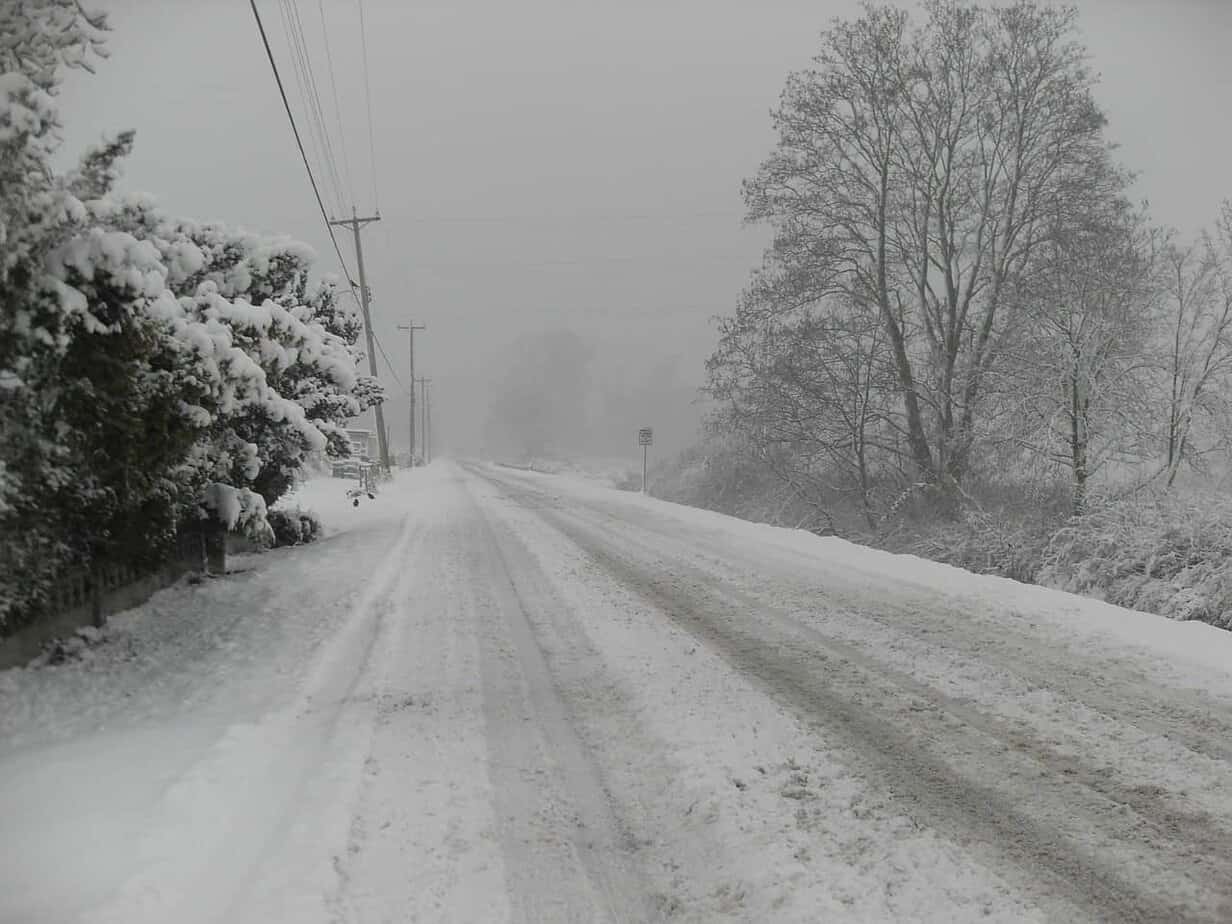The Buffalo State Throughway after a heavy snowfall. Big snowstorms always threaten local power distribution grids. How long until your power goes out and leaves you cold and in the dark for up to a week? (New York State Police Photo)
Winter Weather and Power Outages
Officially, the winter 2022-2023 started on December 21. Beginning on December 22, an extratropical cyclone of historic proportions hit most of the United States and Canada with blizzards, high winds, snowfall, and record cold temperatures.
The winter of 2013-2014 was brutal for much of the United States. Ice storms locked down the South and the East Coast, while the northern tier east of the Rockies was battered with one snowstorm after another and record breaking cold. A new term was introduced to many—polar vortex. Every year since, at least part of the country has experienced blizzards, snowstorms, ice storms, windstorms, and there’s always the nor’easters back east to make everything interesting.
A polar vortex is nothing new, but the term makes you feel cold just hearing it. Along with the cold and snow and ice, utility power lines and other equipment suffer with the people, and often leave them without power. Southern ice storms and record-breaking cold are especially hard on utility crews who often struggle to keep up with the outages.
Standby Generators for Power Outages
The official start of the 2022-2023 winter barely started when a winter storm hit most of the country east of the Rockies. Temperatures plunged below zero in the north and into the single digits along the Gulf Coast. Buffalo, NY measured the snow in feet. Across New England and the East Coast, millions of people found themselves without power. A similar story unfolds every year. Late fall and winter bring storms that affect wide swaths of the country and leave residents to cope with the cold, wind, snow, rain, and ice, and the resulting power outages.
The Wind Chill forecast for the United States on December 23, 2022. The storm brought single-digit temperatures to the South. Elk Park Montana recorded a wind chill of -74 Fahrenheit, but the temperature sensor limit was -50 and the actual temperature was probably below -50 with a lower wind chill. On social media, some users with conventional thermometers claimed a low temperature of -53 or colder with a corresesponding wind chill of around -80 F.
Winter Power Outages
When the power goes out and temperatures are below freezing, it doesn’t take long for a house to become uncomfortable. While some people take comfort in gas or wood burning fireplaces, most are designed for aesthetics and not for heating your home. You can huddle around the fireplace and keep somewhat warm, but it won’t take long for the rest of the house to becomes uninhabitable.
What Will Run on Standby Generator Power?
Once the inside temperature reaches freezing—which can happen very quickly in sub-zero temperatures—pipes begin to freeze. As the water expands, the pipes split. Later, after the utility restores power and the furnace begins working again, the pipes thaw and the splits turn into a deluge that gushes hundreds of gallons of water an hour.
Meanwhile, all the other problems that power outages cause are still present. Before the inside temperature drops below freezing, Refrigerator and freezer temperatures rise into the unsafe range. and perishable food spoils. Sump pumps don’t work and basements flood. Nothing electric works, including medical equipment. No lights. No television or computers. You can’t even charge your cell phone.
A standby generator provides backup power for your entire home, including medical equipment, air conditioners, furnaces, sump pumps, along with all the necessities and conveniences of everyday life.
Backup Power
Whether you are at home or stranded by a blizzard, a standby generator keeps your home supplied with power. Air-cooled standby units range from 7 to 10 kilowatts to power essential circuits and up to 26 kilowatts to handle most home or small business needs. For larger homes and businesses, liquid-cooled generators supply more power and keep everything running smoothly.
A standby generator system detects an outage automatically and immediately orchestrates a sequence of events that begins supplying power to the home within seconds. The automatic transfer switch isolates the home from the utility and feeds power from the generator to your home’s main breaker panel. The engine runs on propane or natural gas for extended outages that last days or weeks.
Portable generators can keep a few essentials running, but require a manual transfer switch to run a furnace. All the but largest models lack sufficient power for large air conditions. They are not automatic. Gasoline models require frequent refueling. Dual fuel and tri-fuel generators may extend run times into days with the right maintenance.
Added Security
Standby generators supply a home with backup power when the need is most critical. Whatever weather condition or equipment failure takes place, the generator powers critical home appliances. Furnaces, pumps, lights, heaters, computers, and so much more.
Without the generator, you might return to a home that is dark like the rest of the neighborhood. But with it, your home stays safe and warm and so does your family.
Is your family ready for the next ice storm, blizzard, or polar vortex?
Updated January 11, 2023

